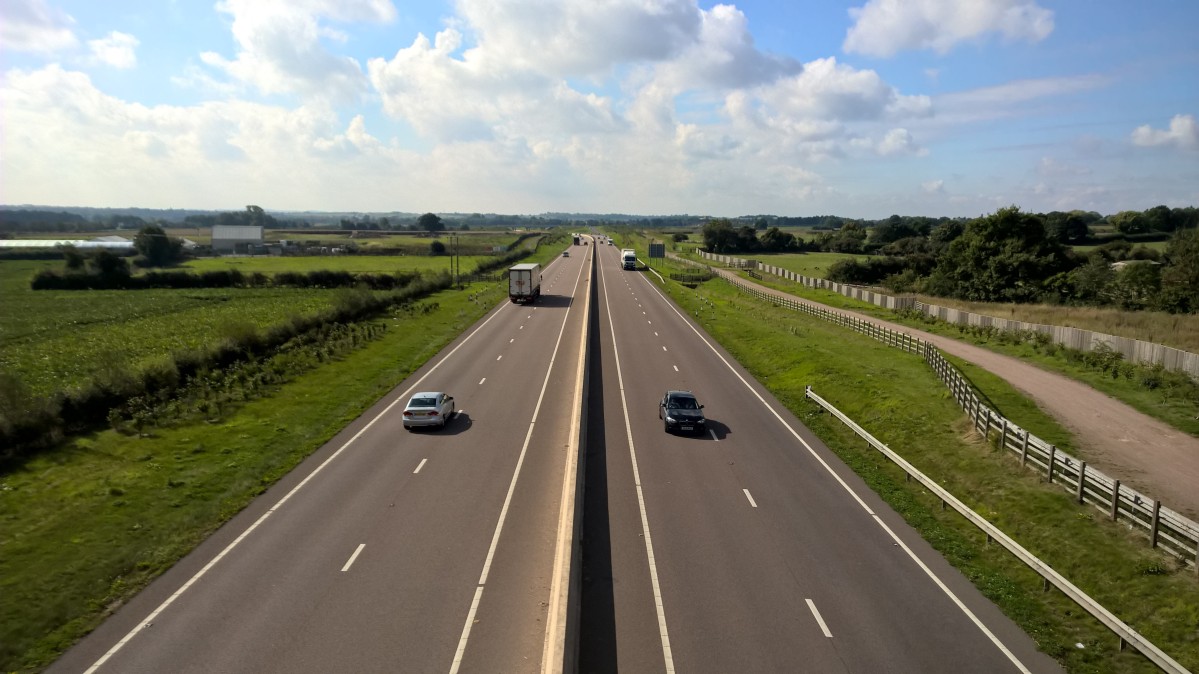There is a central body responsible for the operation, maintenance and improvement of roads. In England it is Highways England who has an obligation to provide safe roads and reliable journeys for the road user, Scottish roads are managed by Transport Scotland, Welsh roads by the Welsh Assembly, local roads by the relevant local authority and roads in London by TfL (Transport for London).
In the English instance Highways England are responsible for the motorways and major trunk roads which totals around 4,300 miles (about 2% of all roads in England by length). Whilst only a small number the roads carry a third of all traffic by milage and two thrids of all heavy good traffic.
Under the Highways (Miscellaneous Provisions) Act 1961, highway authorities have an obligation to maintain public highways to reasonable standards and this is done with the help of a document which is used by the maintainers called the Routine and Winter Service Code (RWSC). This RWSC identifies the Category of the defect, the duration of any hazard mitigation and the permanent repair period duration for the contractual timeframe.
The definition of a Cat 1 defect as defined in the RWSC is;
- Defects are those that require prompt attention because there is an immediate or imminent safety risk
- Significant disruption to the normal flow of traffic through the Network
- Structural deterioration
- Damage to the environment
- Offence to road users from graffiti that is obscene, blasphemous or otherwise offensive
The definition of a Cat 2 defects as defined in the RWSC are sub-divided into two categories;
- Category 2.1 – Not superficial
- Category 2.2 – Superficial (i.e. does not change the characteristic or function of the asset/item)
To keep it interesting we can look at Cat 1 defects which need us to make safe, permanent repairs within a contractual time frame and defects that, due to their nature and/or location, require intervention from an Incident Support Unit (ISU) within the contractual response times. This will all vary depending upon time of day and location and can either be dealt with immediately by a Network Maintenance Crew, an ISU or where it requires a more expansive response; such as lane closures or traffic management to protect the road user whilst hazard mitigation works take place.
Initially Cat 1 defects can be dealt with in 2 different ways: reactive or proactive, and with everything else the second respective is always better.
Reactive maintenance – Cat 1 defects identified by an external third party source…Police, Highways England Traffic Officers, Local Authorities or occasionally even direct via the public.
Proactive maintenance – Cat 1 defects identified by the Incident Support Units, depot based operatives, office based staff or Inspection teams driving the Network.
In addition to those defects listed in the bulleted points above we can look at defects as examples going forward and what constitutes a Category 1 defect. As always the caveat within the RWSC is that any list should not be regarded as exhaustive, because ultimately a defect can appear at anytime with anything on any Network, this ultimately just makes life that little bit more interesting and challenging.
To get a full idea of what to look for under Cat 1 defects (and in no particular order) I am going to ask around for examples from my contacts and look at the following over the coming months;
- Potholes and other local defects in the carriageway/footway/cycle track, including defective ironwork
- Excessive standing water and water discharging on to and/or flowing across the road
- Damaged road restraint systems and other barriers
- Debris and spillage in traffic lanes or on hardshoulders
- Kerbing, edging and channel defects
- Damaged lighting columns and other street furniture
- Damaged, defective, displaced or missing traffic signs or signals
- Dirty or otherwise obscure traffic signs and signals
- Trees, shrubs and hedges which by virtue of their position or condition constitute hazard to road users and the travelling general public
- Displaced roadstuds (particularly the cast “Catseye” type) lying in the carriageway, hardshoulder or laybys
- Defective, missing or loose roadstuds
- Faults in road structures e.g. impact damage to superstructures, supports or parapets, flood damage, insecure expansion joints
- Damage and defects in structures carrying water beneath the roads
- Difference in level (exceeding 20mm) between abutting concrete slabs at transverse or longitudinal joints in the carriageway/footway/cycle track
- Rocking gratings or covers in urban areas causing intrusive noise
- Damaged boundary fences where animals or children could gain access
- Defective road and sign lighting
- Overhead wires in a dangerous condition
- Blocked gully and piped grip gratings and obstructed channels, grips and slot drains
- Earthslips where debris has encroached or is likely to encroach on to the road
- Rocks or rock faces constituting a hazard to road users.





